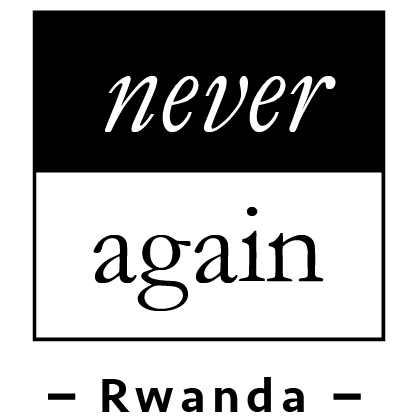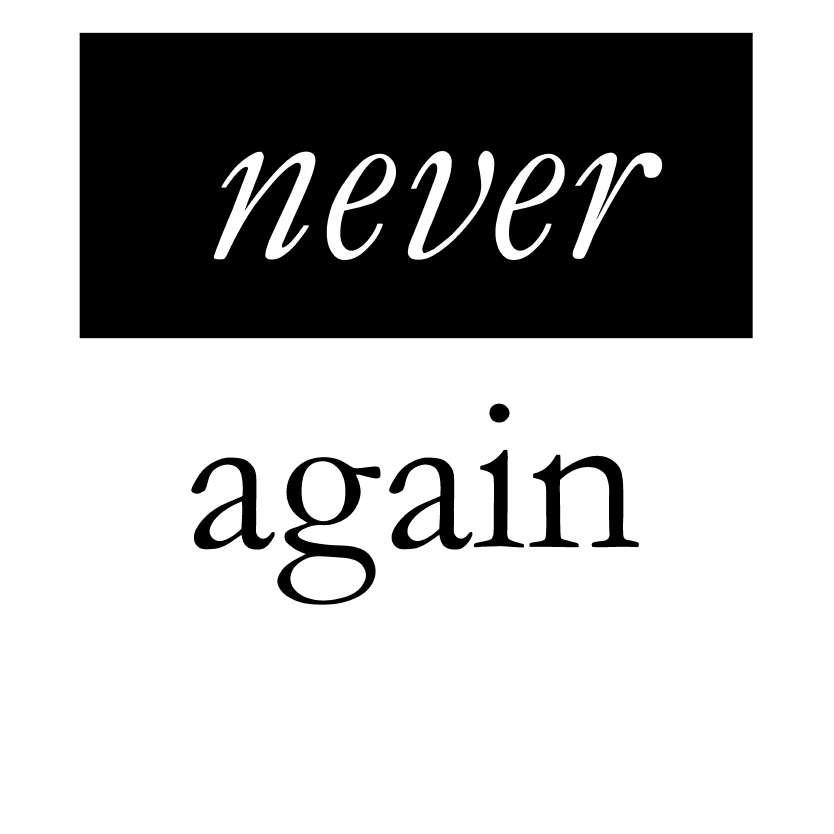Studies on women and post-conflict reconstruction focus primarily on women as victims and the inactive targets of aid, rather than understanding peacebuilding as a process by which more women’s participation helps improve successful scenarios. One can argue that women’s social status has quite the width of social capital that is largely independent of general economic development.
In societies where women hold remove high status and better reputations, have extra potentialities in successful peacebuilding, as cooperation by the grassroots communities for peacebuilding policies and activities increase.
For years, women’s rights and feminist organizations around the world have relentlessly advocated for the recognition of women’s contribution to conflict prevention, peacebuilding, and recovery. Twenty years ago, UNSC Resolution 1325 (2000)15, called on member states and other key actors to do just that. Since UNSCR 1325 (2000), the UN Security Council has passed nine additional resolutions, developing and expanding the focus, creating what is now known as the Women, Peace and Security (WPS) agenda.
However, between 1992 and 2019, women constituted, on average, 13% of negotiators, 6% of mediators, and 6% of signatories in major peace processes worldwide. About seven out of every ten peace processes did not include women mediators or women signatories17. Worldwide, the proportion of peace agreements with gender equality provisions increased from 14 to 22% between 1995 and 2019.
So if you are still wondering, “Why women,” especially when you think of “Inclusive Security and Peaceful Societies” I would share my reasons;
- Women constitute half of the population in almost every community and the tasks of peacebuilding are enormous, thus women and men must be partners in the process.
- Women are the central caretakers of families in various cultures. Everyone suffers when women are oppressed, victimized, and excluded from peacebuilding. Their centrality to communal life makes their inclusion in peacebuilding vital.
- Women have the capacity for both violence and peace. Women must be encouraged and empowered to use their gifts in building peace.
- Women are often excluded from public decision-making, leadership, and educational opportunities in many communities around the world, it is important to create special programs to empower women to use their gifts in the task of building peace.
- Women and men have different experiences of violence and peace, so women must be allowed and encouraged to bring their own insights into the peacebuilding process.
- Sexism, racism, classism, and ethnic and religious discrimination stem from the same belief that some people are essentially “better” than others. Women’s empowerment is should be considered a crucial part of the process of peacebuilding.
- Like other social structures that make some people better than others, the sexist belief that women’s lives are less valuable than men’s lives leads to violence against women. When women engage in peacebuilding, they often challenge these sexist beliefs along with other structures that discriminate against people.
- United Nations Security Council resolution 1325 created a mission to include women in peacebuilding, proving that women around the world are successful peacebuilders. More women should be encouraged to participate in the peacebuilding process.
- Women are half of every community and the tasks of peacebuilding are
They rebuild from the ruins. With the burned slopes, they weave new structures in the community, and the country, and inflict conflict wounds on the long road to healing. It is a transformational effort of peacebuilders, community leaders and activists to negotiate, deal, advise, maintain and rebuild peace. Engaging women in the peacebuilding process is essential to long-term success. This has been proven. Gender-fair participation contributes to longer-lasting post-conflict peace.


